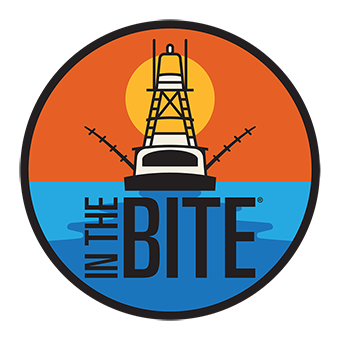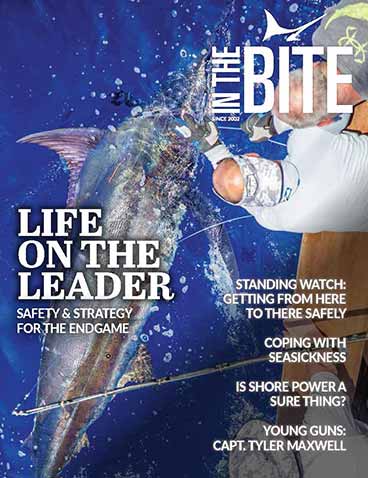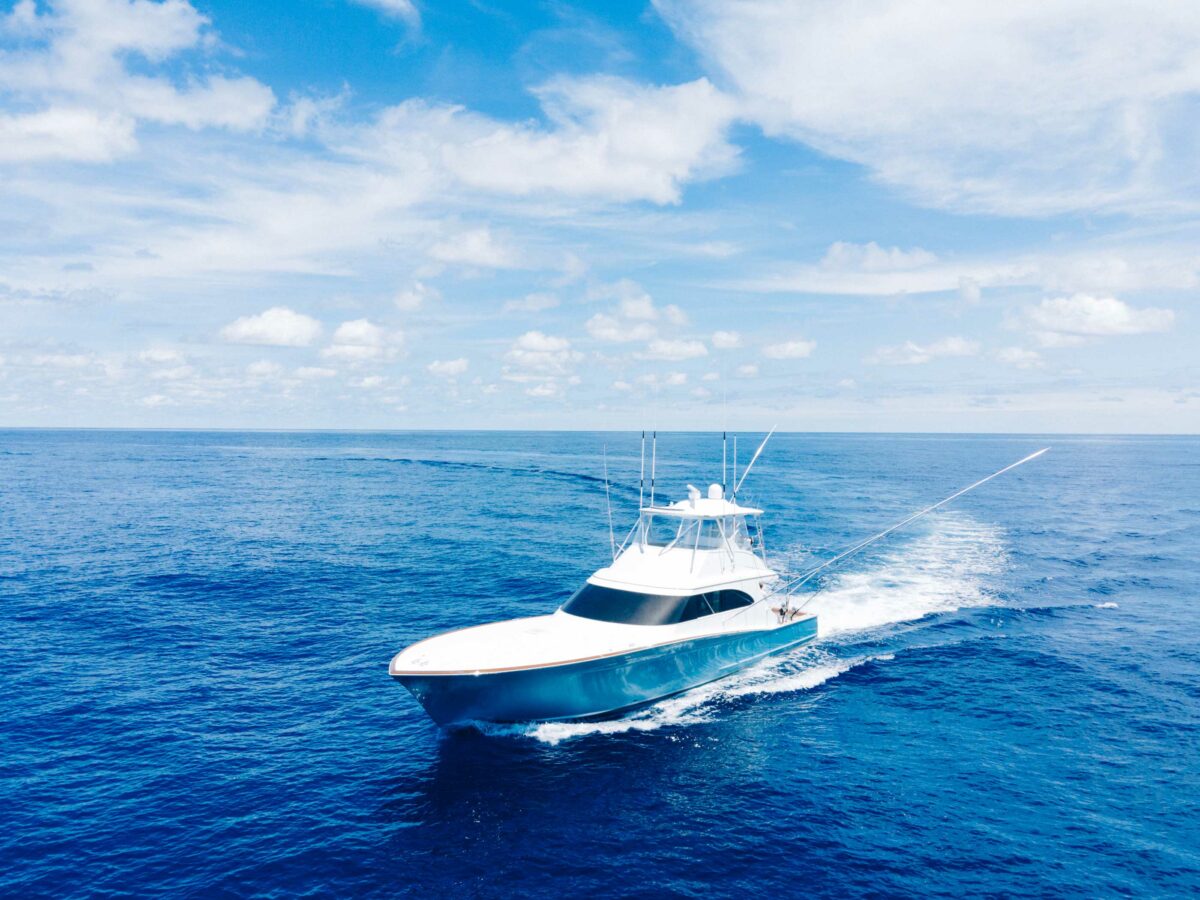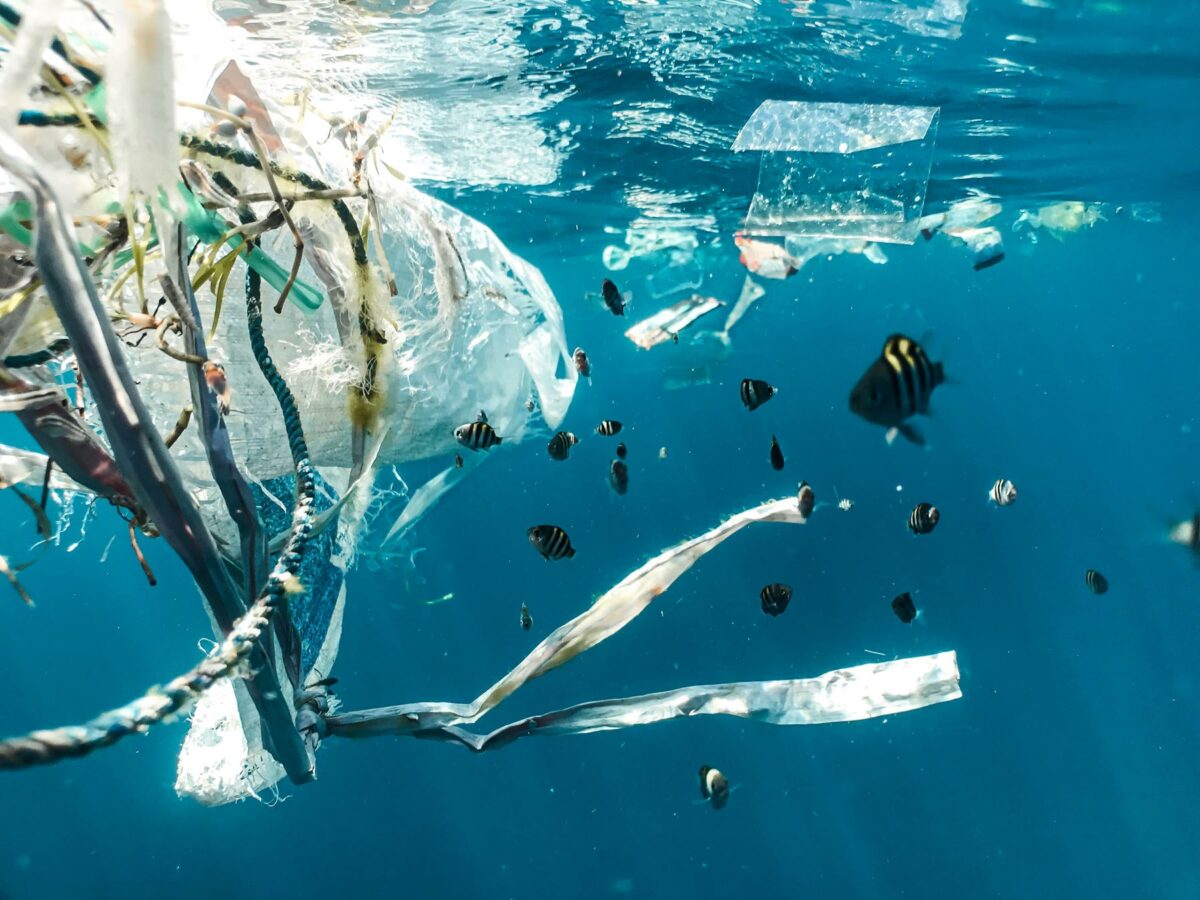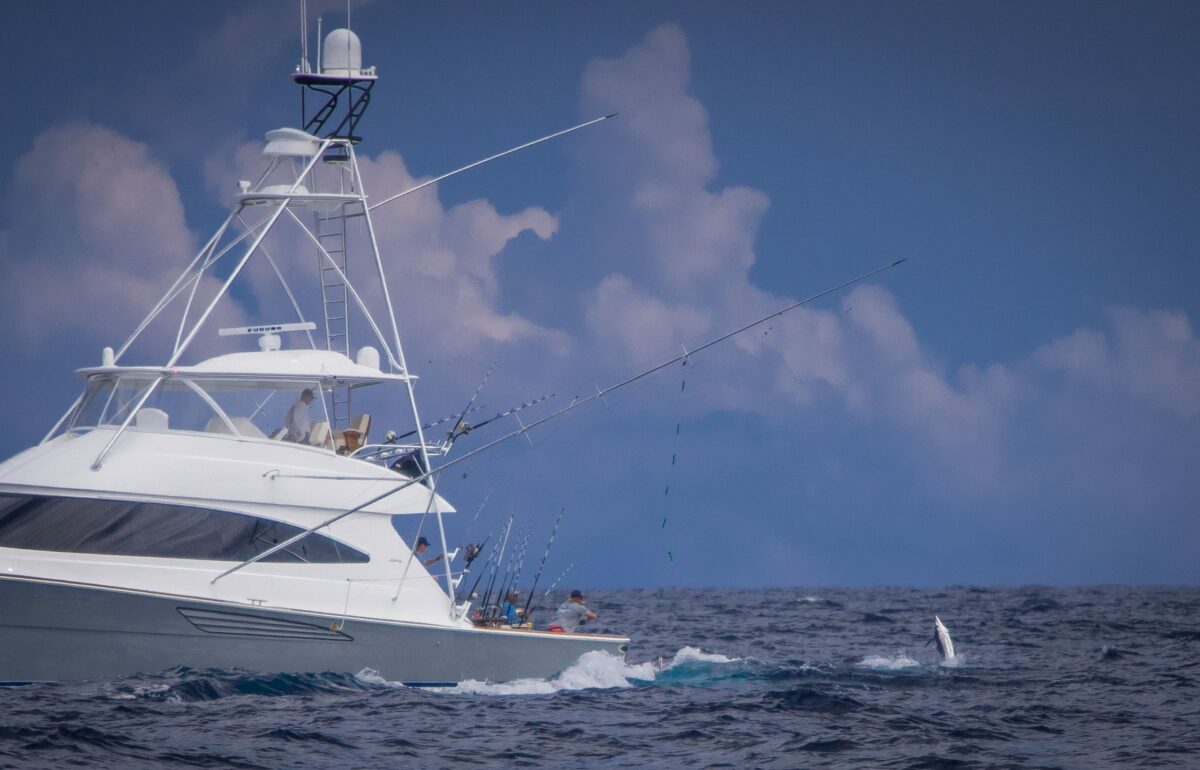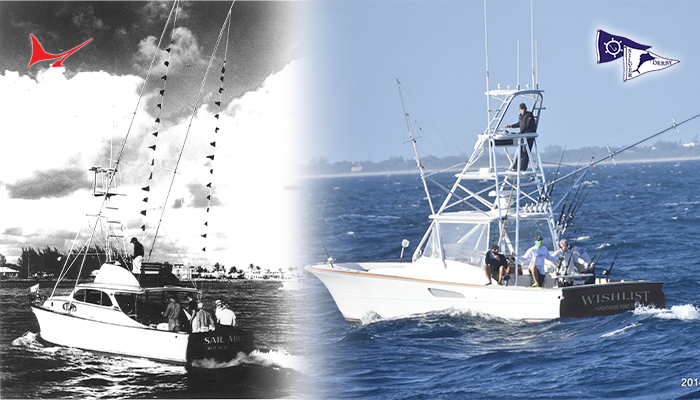Navigating the Currents of Change: The State of Conservation in Sportfishing as 2024 Begins
Explore the evolving landscape of sportfishing conservation as we step into 2024, reflecting on past lessons and current challenges. This insightful article delves into the successes and future threats in marine resource management, emphasizing the pivotal role of anglers in shaping sustainable fishing practices.
